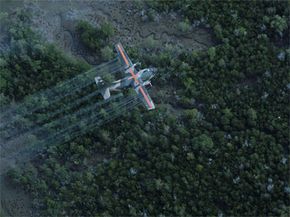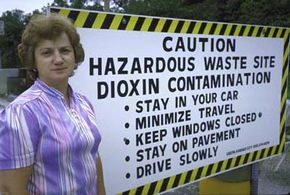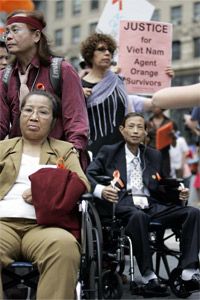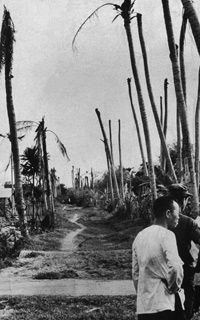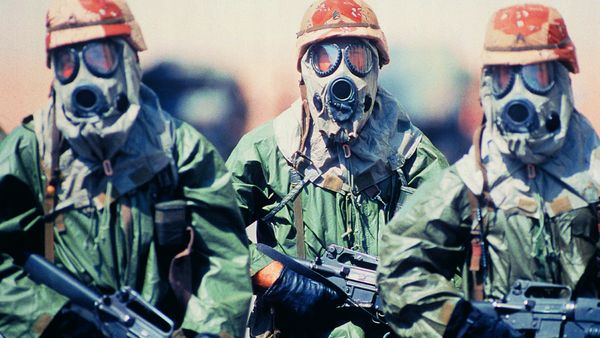In war, sometimes the greatest tragedies come long after hostilities cease. So it goes with Agent Orange, a potent herbicide used as a defoliant during the Vietnam War. The U.S. military deployed almost 20 million gallons (76 millions liters) of herbicides from 1962 to 1971 [source: Veterans Administration]. Among these substances, Agent Orange was the most used herbicide, around 11 million gallons (42 million liters) deployed from January 1965 through April 1970 [sources: Veterans Administration and Buckingham].
Agent Orange has been linked to many health problems in Vietnam veterans and Vietnamese civilians. Thousands have died from conditions likely brought on by exposure to Agent Orange. The herbicide, and its component dioxin, is considered to be one of the most dangerous substances in the world [source: Glaberson]. Overall, the mass spraying of Agent Orange has been called an "ecocide" because of the devastation that it wrought on the Vietnamese environment and on the health of many residents of that country [source: Hitchens].
Advertisement
The name Agent Orange comes from the containers that it was stored in, which had an orange stripe. In all, the United States used 15 herbicides in Southeast Asia, including Agents Orange, Blue, White, Pink, Purple and Green, all of which were mixtures of various herbicides and defoliants [source: Veterans Administration]. Agent Orange was a mix of two herbicides called 2,4,-D and 2,4,5-T.
Agent Orange's development came about in part due to work by Dr. Arthur W. Galston, a botanist who researched compounds that boost plant growth, known as growth regulators. But after the U.S. military began using Agent Orange in Vietnam, Galston observed its effects and worked to publicize the damage that the defoliant caused to plants, animals, ecosystems and human health. He became one of the foremost campaigners against the use of Agent Orange.
Gradually, public protest against the use of Agent Orange grew. Newspaper articles about the ill effects of Agent Orange, particularly against the U.S.-allied South Vietnamese, attracted government attention. Prominent scientists argued that the deployment of herbicides was an immoral use of chemical weapons [source: Buckingham]. When, in 1970, scientific testing showed that Agent Orange produced adverse health effects in rats, President Nixon ordered the military to cease spraying.
So why did the U.S. military employ such a toxic compound in waging war? In this article, we'll look at why Agent Orange was used, its effects on the environment and human health, and its complicated legacy. We'll also examine dioxin, the deadly compound that continues to pollute the Vietnamese countryside.
Advertisement

